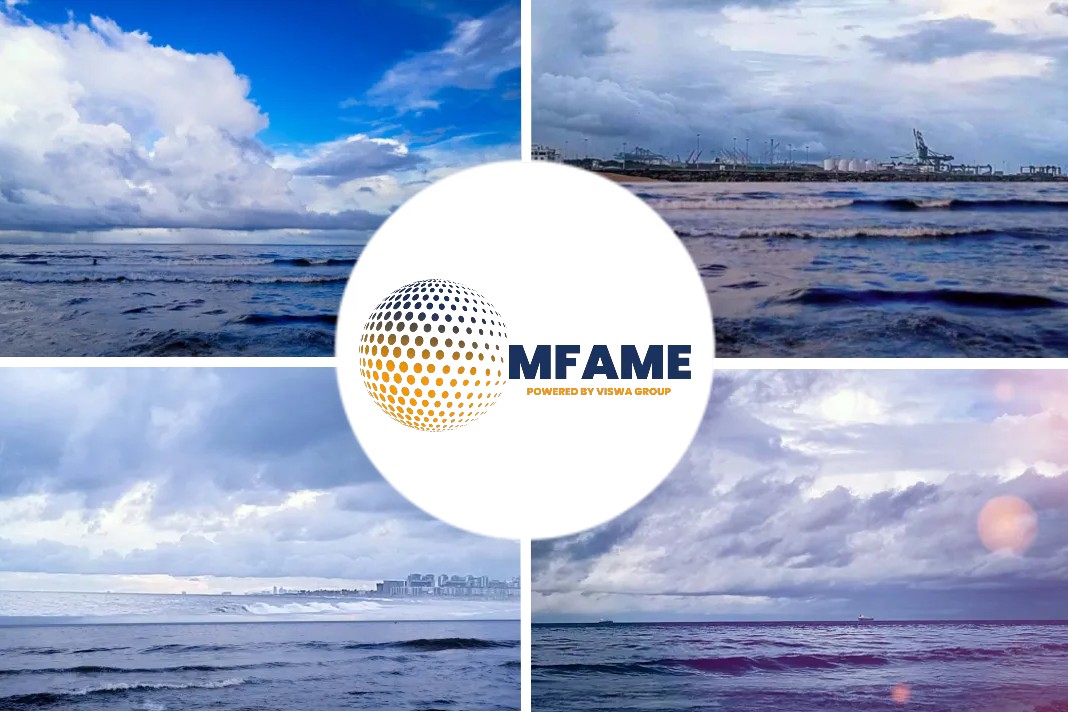The U.S. Coast Guard’s Inspections and Compliance Directorate has issued a Safety Alert to inform operators of the role that the main propulsion lube oil system was found to have played a significant role in the El Faro casualty incident, reports US Coast guard.
The alert also recommends that operators, especially ship engineers, review the operational procedures and limitations of vital propulsion machinery, and verify compliance with SOLAS, classification society and regulatory standards.
Coast guard report
The Coast Guard Marine Board Report on the sinking of the El Faro, which killed 33 lives, revealed that loss of propulsion during extremely heavy weather was also a contributing factor to the sinking of the vessel.
Although, the exact operational status of all vital El Faro engineering equipment during the hours preceding the casualty could not be determined.
Insight from audio recording
The Bridge audio recordings indicate that the vessel lost lube oil pressure supply to the main propulsion turbine and reduction gear bearings, resulting in loss of propulsion. It is believed that the vessel’s substantial list, coupled with trim by the bow, caused the main engine lube oil pump to lose suction.
A detailed modeling and static analysis of El Faro‘s lube oil system determined that a severe inclination of the ship, coupled with a relatively low volume of oil in the sump, would likely result in a loss of pump suction.
Figure 1: EL FARO’s main engine lubricating oil sump and off-center, aft oil suction
bellmouth. Lubricating oil is shown in green. The pump’s ability to maintain suction is affected by vessel list, trim, and motions, and the volume of oil in the sump.
Figure 1 shows examples (at a constant lube oil volume) of the position of the suction bellmouth relative to the level of lube oil in the sump in several heel and trim conditions. This static model does not attempt to address the sloshing of lube oil in the sump caused by vessel motions.
The Coast Guard notes that, although the El Faro‘s engineering plant configuration was similar in design to most steam turbine ships of a similar age, the vast majority of large oceangoing commercial ships that presently operate have marine diesel engines as the primary source of ship propulsion.
For a single-turbine ship like El Faro, this type of incident would result in a total loss of maneuverability until the system is restored. Title 46 of the Code of Federal Regulations (46 CFR), Section 58.01-40, requires that propulsion machinery and all auxiliary machinery essential for the propulsion and safety of the vessel (such as the lube oil system) must be designed to operate:
- a) when the vessel is upright,
- b) when the vessel is inclined under static conditions at any angle of list up to and including 15°, and
- c) when the vessel is inclined under dynamic conditions (rolling) at any angle of list up to and including 22.5° degrees and, simultaneously, at any angle of trim (pitching) up to and including 7.5° by the bow or stern.
The International Convention for the Safety of Life at Sea (SOLAS), Chapter II-1, Regulation 26.6, essentially has the same requirements as 46 CFR 58.01-40.
There is no compelling evidence to suggest that U.S. vessels are not in compliance with the above CFR and SOLAS standards. However, given the criticality of propulsion and essential auxiliary machinery, particularly in heavy weather or high-traffic areas, the Coast Guard strongly recommends that,
- Operators verify that their main propulsion machinery, essential auxiliary systems, and emergency generators are designed in compliance with the CFR, SOLAS and Classification Society requirements for operation in static and dynamic conditions of list and trim.
- Engineering Department personnel review the design, arrangement, limiting angles of inclination, normal and limiting high/low lubricating oil sump levels, and casualty control procedures for all systems vital to the propulsion and safety of the vessel to better understand the possible ways to mitigate the effects of heavy weather on vessel operations.
Did you subscribe for our daily newsletter?
It’s Free! Click here to Subscribe!
Source: United States Coast Guard (USCG)




















